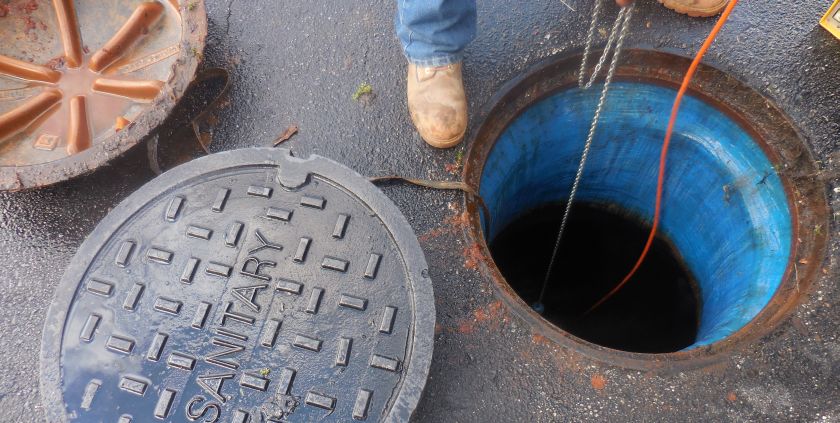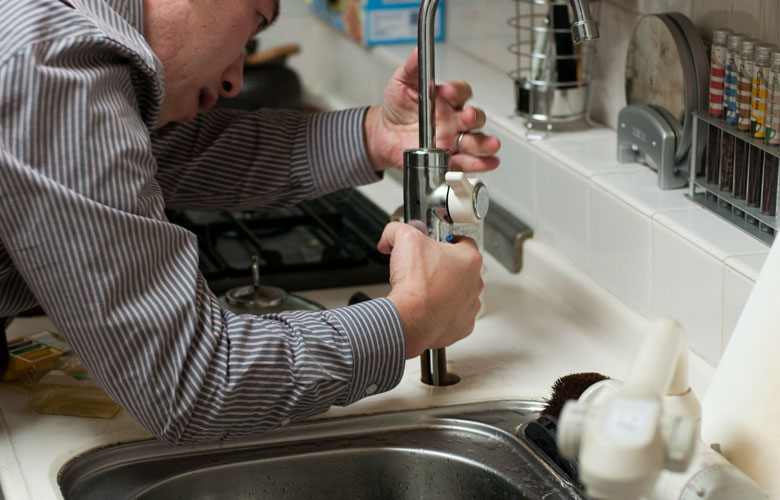Guidelines for Fixing a Blocked Drain Prior to Hiring Plumbing Experts
Guidelines for Fixing a Blocked Drain Prior to Hiring Plumbing Experts
Blog Article
Any individual may have their own unique theory in relation to Tips for Dealing with Clogged Drains and Sewer Lines.

Intro
Managing an obstructed drainpipe can be a frustrating experience, disrupting daily tasks and possibly triggering damages to your property. Nonetheless, prior to connecting to pipes professionals, there are actions you can require to address the problem yourself. In this guide, we'll check out do it yourself solutions and preventive measures to take on an obstructed drainpipe effectively.
Identifying the Issue
The primary step in dealing with an obstructed drain is identifying the indications. Slow-moving drainage, gurgling sounds, foul odors emanating from drains, or water backing up are common indications of an obstructed drainpipe. Identifying these signs early can assist stop even more difficulties.
Picking the Right Plumbing Service
When selecting a plumbing solution, consider variables such as experience, licensing, and consumer reviews. Select a reliable plumbing technician with a performance history of top quality workmanship and clear rates techniques.
Cost Considerations
The price of professional drain cleaning services can vary relying on the severity of the blockage and the plumbing's rates. Request quotes from multiple suppliers and ask about any type of added fees to make certain openness and avoid shocks.
Security Precautions
When trying do it yourself drain cleaning, prioritize safety and security. Use protective handwear covers and eyeglasses to prevent contact with unsafe chemicals or germs. Never mix different drain cleansing products, as this can produce dangerous fumes.
Situation Researches
Real-life instances highlight the effectiveness of do it yourself remedies and the significance of prompt specialist intervention in solving drainpipe obstructions.
Usual Causes of Blocked Drains
Comprehending the aspects that contribute to drain obstructions is crucial for reliable resolution. Common wrongdoers consist of hair, soap residue, oil, food particles, and foreign objects like sanitary items or paper towels. Tree origins invading underground pipelines can additionally trigger considerable clogs.
DIY Solutions
For small blockages, a number of do it yourself services can be effective. Putting boiling thin down the drainpipe can aid dissolve grease and debris. Baking soda and vinegar or a blend of salt and baking soda can work as all-natural cleansers. Making use of a plunger or plumbing serpent to dislodge obstructions is another alternative.
Tools and Tools
Having the right devices on hand can make do it yourself drain cleansing more reliable. A plunger is a functional device for getting rid of blockages in sinks, bathrooms, and showers. A plumbing snake or auger can reach deeper obstructions, while drainpipe cleansing chemicals can be utilized meticulously for stubborn obstructions.
Preventive Measures
To avoid future blockages, taking on safety nets is important. Mount drain guards or filters to capture hair and debris before they enter the pipelines. Frequently flush drains pipes with warm water to liquify oil build-up, and prevent dealing with grease or strong waste away.
When to Call a Specialist
While DIY remedies can deal with small blockages, specific indications show the need for expert help. Relentless blockages, foul odors despite cleaning up initiatives, or numerous drains backing up all at once are red flags that call for experienced treatment.
Verdict
By adhering to the tips detailed in this guide, you can successfully deal with blocked drains pipes and prevent future pipes concerns. Whether selecting DIY solutions or looking for professional help, timely action is crucial to preserving a healthy pipes system and preserving the honesty of your home.
WHAT I LEARNED FROM TRYING TO DEAL WITH A CLOGGED DRAIN
We have had our share of seepages and other annoying things that are part of living, especially in an apartment complex. And if there’s one thing that’s terrifying for a homeowner—or even someone in a rented home—it is a clogged drain, indoors or outdoors.
We enjoy our living space, but it’s simply a fact of life that dead skin, soap and a host of other items go down the drain; eventually, the residue builds up and prevents anything from moving. Ugh.
Not Calling A Professional
Of course, it might seem simple to just whip the pipe off under the sink and see if you can unblock it. Unfortunately, what if the blockage isn’t there, or you don’t reconnect it properly? Worse, you might break a piece and have no drainage system. Can you imagine that scene? Yuck!
Not Watching Your Waste
This will sound d’uh, but the best tip I can give you for drain cleaning is to avoid clogging the drain in the first place! You can do this by monitoring what goes down the drain and catching the items which are most likely to give you a problem. Invariably hair, vegetable peels, and large wads of toilet paper are the most obvious culprits. Add a filter—these are available in hardware stores and can be removed and cleaned easily.
Poking The Drain
The first urge with a clogged drain is to poke at it with a stick or anything that resembles a stick. Sadly, this does not result in magically solving the issue. The mental image is, naturally, one of the stick just pushing through the offending item and all is well again. Reality is quite different and unpleasant and likely to lead to further problems.
The thing is, every drain has a series of bends that are not visible to us. Drains are built this way to prevent gases from entering the house. What happens when you poke a stick into the drain? Of course, it can’t bend around the corner. The more adventurous people will use force and end up wedging the stick or causing it to break off in the pipe—creating an even bigger issue. Worst thing? The stick will shift the block further down the pipe, creating the space for more to collect. Go ahead! Roll your eyes!
Using The Wrong Plunger
You know what they say: the right tool for the right job! Did you know there are different types of plungers besides the basic one we keep at home for an emergency? Yes, there are. For example, the toilet plunger has a bell-shaped bottom while the sink plunger is flat. This is an important difference and using the wrong plunger will be useless. There’s also a knack in using plungers—they must be placed in such a way that they create an airtight seal and then, moved slowly up and down—not as fast as we imagine.
https://vidyasury.com/2018/01/learned-trying-deal-clogged-drain.html

Do you really like reading up on ? Place a remark down the page. We'd be delighted to listen to your suggestions about this post. We are looking forward to see you back again before long. Do you know someone else who is intrigued by Some easy tips to fix blocked drains? Feel free to share it. We recognize the value of your readership.
Call Today Report this page